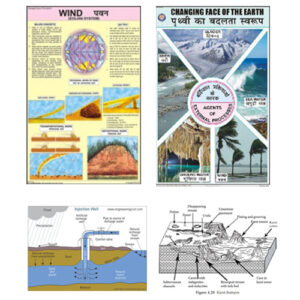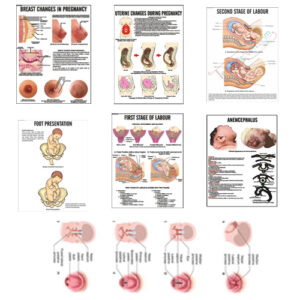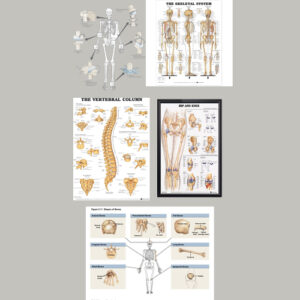| Part No. | Type | Size (cm) |
| 9830-A | What is Disaster | 70 x 100 |
| 9830-B | Earthquake | 70 x 100 |
| 9830-C | Tsunami | 70 x 100 |
| 9830-D | Flood | 70 x 100 |
| 9830-E | Cyclone | 70 x 100 |
| 9830-F | Forest Fire | 70 x 100 |
Disaster management charts serve various essential purposes in a concise manner:
- Emergency Response Planning:
- Assist in planning and coordinating emergency responses to natural or man-made disasters.
- Resource Allocation:
- Aid in allocating resources effectively by visualizing areas of impact and severity.
- Evacuation Planning:
- Facilitate the planning of evacuation routes and shelters for affected populations.
- Risk Assessment:
- Assess and communicate the risk levels in different regions prone to disasters.
- Communication and Coordination:
- Enhance communication and coordination among response teams and agencies.
- Infrastructure Mapping:
- Identify critical infrastructure, vulnerabilities, and potential points of failure.
- Medical and Aid Distribution:
- Plan and execute the distribution of medical aid and relief supplies to affected areas.
- Population Density and Vulnerability:
- Analyze population density and vulnerability factors to prioritize response efforts.
- Weather and Environmental Monitoring:
- Monitor weather patterns and environmental conditions to predict and manage disasters.
- Training and Simulation:
- Facilitate training exercises and simulations for disaster response personnel.
- Public Awareness:
- Raise public awareness by visually conveying disaster risks and preparedness measures.
- Post-Disaster Recovery Planning:
- Assist in planning for post-disaster recovery, reconstruction, and rehabilitation.





